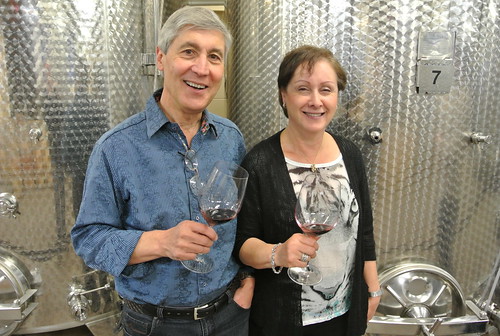
Len Crispino and his wife Marisa are quite animated as we discuss recent negative stories regarding one of the fastest growing styles of wines in Ontario.
Appassimento, or the use of dried grapes to make red or white wines, has quickly become a polarizing debate among consumers and winemakers as more and more are making (and trying) these styles of wine.
The Crispinos, owners of The Foreign Affair Winery in Vineland, see themselves as pioneers of the appassimento style of winemaking in Niagara, a concept they chased from the beginning of their winemaking dream here. Len says he planted his vineyards a particular way, best suited to appassimento wines. He says everything he does in the vineyard and in the winery is geared toward appassimento wines using a slow process of drying the grapes in proper drying racks under optimum conditions. Heck, even the name of the winery is a nod to the style.
He does not, as has been suggested in two recent stories, dry his grapes to hide the imperfections and under-ripe grapes that Ontario can deliver in cooler vintages.
“We are not trying to solve a problem,” says Len. “We look at it like this: If you put garbage in, garbage comes out.”
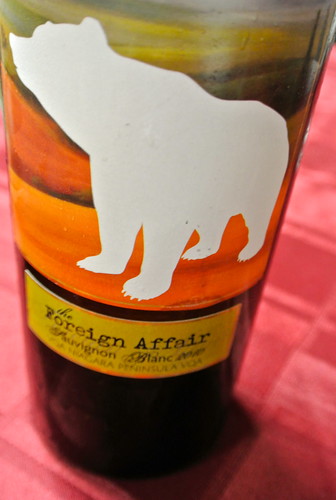 The articles that have upset the Crispinos were both from WineAlign writers coming two weeks apart.
The articles that have upset the Crispinos were both from WineAlign writers coming two weeks apart.
First John Szabo (read it here) laid into appassimento wines in Ontario, basically arguing that these wines sold at higher prices because of the lower yields from dehydration just aren’t offering value.
Said Szabo: “While appassimento can and does produce top-notch wines, most of what I’ve tasted from Ontario has not been successful and is not worth a premium.”
Len Crispino wonders what wines Szabo has tasted and suggests that it might have been prudent to discuss appassimento with him for some insight into what Foreign Affair is doing with this style of wine, afterall, his entire portfolio is based on it.
Two weeks after Szabo’s story on Ontario appassimento, the other WineAlign writer, David Lawrason (read it here), also chimed in offering a similar take.
Both opinions applied a broad brush to dried-grape winemaking in Ontario, particularly in Niagara, when essentially there are two distinct styles of appassimento being made.
The first is the slow-drying traditional technique used by Crispino and others such Graham Rennie and Cave Spring.
The other is the faster drying technique often using abandoned tobacco kilns, utilized by wineries such as Colaneri, Burning Kiln and Reif Estates. There’s no question that all three of those wineries have found a following and success with the style of wines they are making, but clearly there is a difference in the technique and the resulting wines.
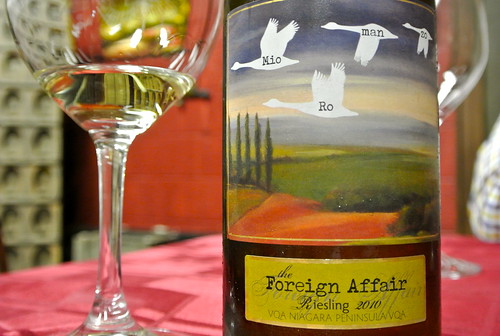
Crispino has nothing against the fast-drying style of winemaking some wineries use, but he says consumers should be informed on the label how it is made. Currently there are no VQA rules regarding appassimento and therefore consumers have no idea how the grapes are dried.
“There is a lot of noise about what it is and what it isn’t,” says Len. “At some point it has to be made clear to the consumer what they are getting.”
He suggests minimum standards for appassimento. Some of the factors that go into the appassimento wines the Crispinos make include:
• Starting with good grapes
• Significantly lower yields
• Selection of the grapes
• Proper drying of the grapes
• Limited use of humidifiers and fans
• Drying as slow as possible
• Minimum of two months drying for partial appassimento
• Three-six months for full appassimento
“We don’t disagree with what other people are doing. We are just hoping for transparency,” says Len.
Crispino also bristles at the suggestion by Szabo and Lawrason that the drying of grapes is being used to hide inferior, unripe fruit, especially in a lesser vintage.
While that may be true at some wineries, say both Len and Marisa, it certainly isn’t happening at Foreign Affair (or a few other appassimento style wineries I have visited).
“We won’t use grapes that aren’t mature,” Len says. “We don’t make it in weaker vintages because the process doesn’t fix the problem (of unripe grapes).”
In fact, Foreign Affair is only releasing two of its Bordeaux-style reds from the difficult 2011 vintage — one a ripasso style blend and the other a partial appassimento style from drastically cropped vineyards. All the fruit from the top wines usually made in good vintages has been declassified into these two wines.
I tasted some of the new Foreign Affair wines, including the Conspiracy, which is part of the Vintages release this Saturday, with the Crispinos and winemaker Ilya Senchuk (who has just taken a leave from the winery until next March).
Here’s what I liked, plus a look at some of the other wines being released at Vintages on Saturday.

The Foreign Affair Riesling 2010 ($25, winery, 90 points) — This Riesling is made with 20% dried grapes and sits on the lees for eight months. Senchuk and Crispino say both techniques add complexity and texture to the wine. The nose shows poached pear, apple, grapefruit and creamy tropical fruit. It’s complex in the mouth with weight and substance not normally associated with Niagara Riesling. A tasty treat that’s new and different and well worth a try.
The Foreign Affair Sauvignon Blanc 2010 ($23, winery, 89 points) — 20% of the fruit is dried and the wine sees five months of French oak aging. The nose is expressive with tropical fruit, grapefruit, spice, citrus and dried herbs. The mouth reveals exotic papaya, guava and mango fruits with citrus and light vanilla and spices. It’s perked up by juicy acidity through the finish.
The Foreign Affair The Conspiracy 2011 ($20, Vintages Saturday, 88 points) — Crispino elected to release the 2011 wines before the big, ripe 2010s, and, as noted, this contains declassified grapes from the top wines made at this winery. The wine is made in the ripasso style from 85% Cabernet Sauvignon and 15% Cabernet Franc. I love the nose of bold blueberry, cassis, currants, plums, nutmeg-vanilla and other sweet spices. It’s smooth and delicious on the palate with dark fruits, a touch of cherry, vanilla toast, licorice, herbs and chewy tannins. Great BBQ wine or cellar for a year or two.
The Foreign Affair Dream 2011 ($29, winery, 90 points) — Made with 25% dried grapes, it is a blend of Merlot, Cab Franc, Petit Verdot and Cab Sauv. A lovely rich and bold nose of cherry-kirsch, cassis, black currant jam, oak spices and earthy notes. At almost 15% alcohol, it’s a big wine with the fruit to back it up. Look for cassis, cherry, plum, anise, eucalypt and well-integrated herbs and spice that are layered on the palate. A healthy dose of acid and fine tannins add to the pleasure.
•••
Other wines being released Saturday at Vintages Saturday:
13th Street White Palette 2011 ($15, LCBO, 87 points) — This blend of Riesling, Sauvignon Blanc, Gewurztraminer, Musqué and Viognier amounts to a lovely summer sipper with fresh citrus, floral, tropical fruits and touch of herbs on the nose. It’s juicy on the palate with moderate acidity in an easy-going style that will appeal to a broad spectrum of wine lovers.
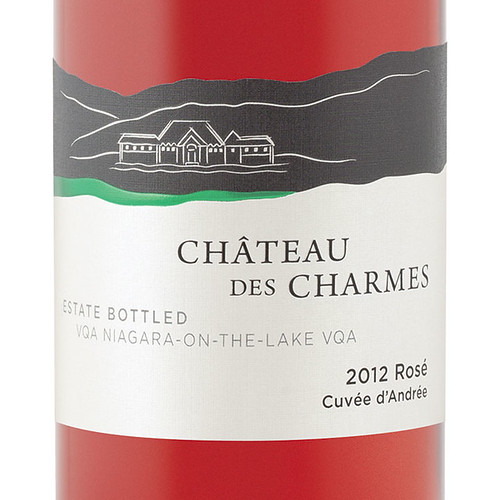 Chateau des Charmes Cuvee D’Andree Rose 2012 ($15, 89 points) — Named for the winery’s matriarch, Madame Andree Bosc, it’s made from 100% Pinot Noir. The nose shows bold strawberry, cherry, rhubarb and raspberry fruits. It’s perfectly dry on the palate and combines ripe red fruits and gorgeous vibrancy through the finish. Delicious!
Chateau des Charmes Cuvee D’Andree Rose 2012 ($15, 89 points) — Named for the winery’s matriarch, Madame Andree Bosc, it’s made from 100% Pinot Noir. The nose shows bold strawberry, cherry, rhubarb and raspberry fruits. It’s perfectly dry on the palate and combines ripe red fruits and gorgeous vibrancy through the finish. Delicious!
Inniskillin Pinot Noir Rose 2012 ($15, 87 points) — Lots of raspberry, cherry and savoury notes on the nose of this little patio sipper. It’s soft and ripe on the palate with raspberry-rhubarb pie notes and a sweet note on the finish.
Also being released but not reviewed:
• Vintage Ink Cabernet Franc Rose 2012 ($17)
• Fielding Estate Rose 2012 ($16)
• Pondview Cabernet Franc Rose 2011 ($15)
• Coyote’s Run Red Paw Vineyard Chardonnay 2011 ($20)
• Fielding Estate Gewurztraminer 2010 ($16)
• Flat Rock Cellars Riesling 2012 ($17)
• Malivoire Pinot Noir 2010 ($25)


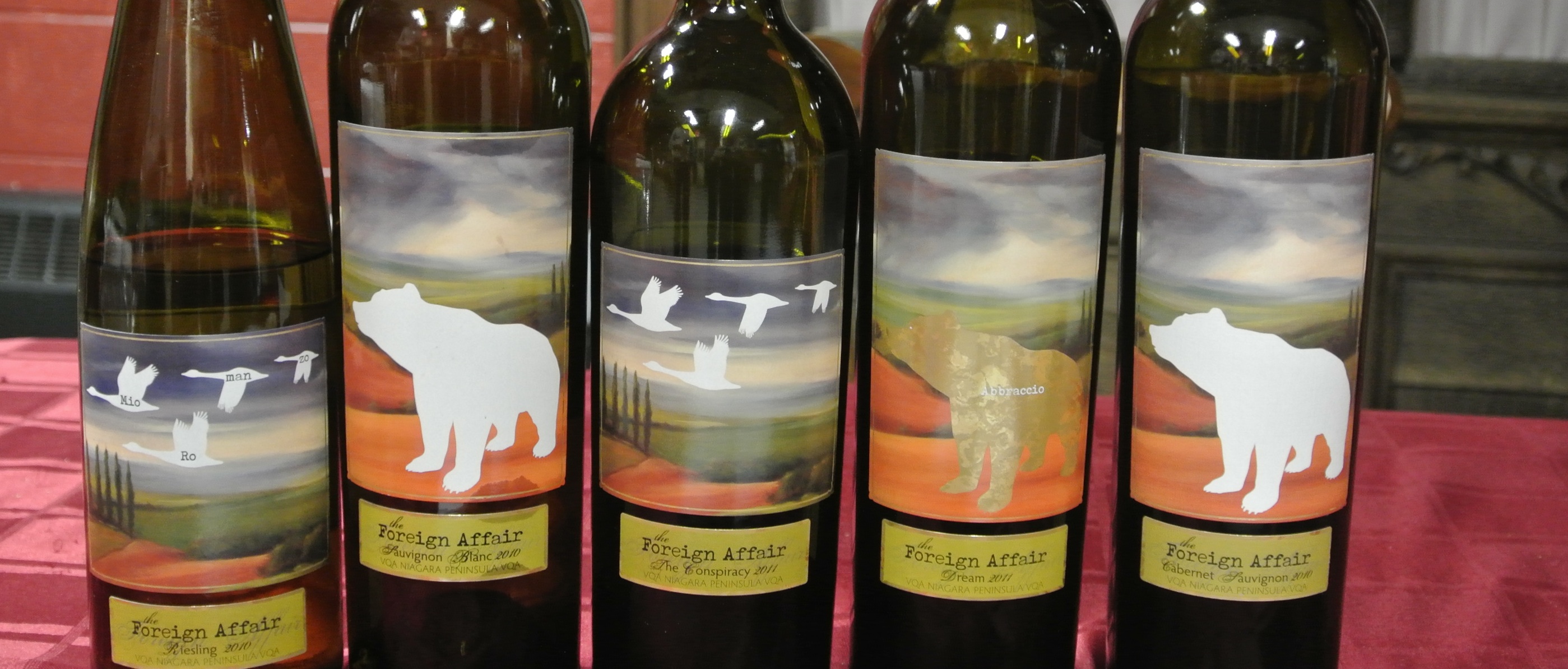




Comment here